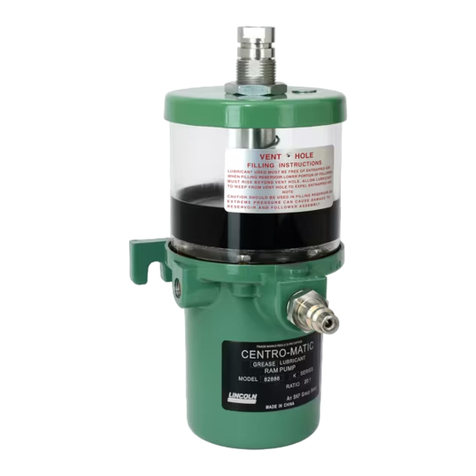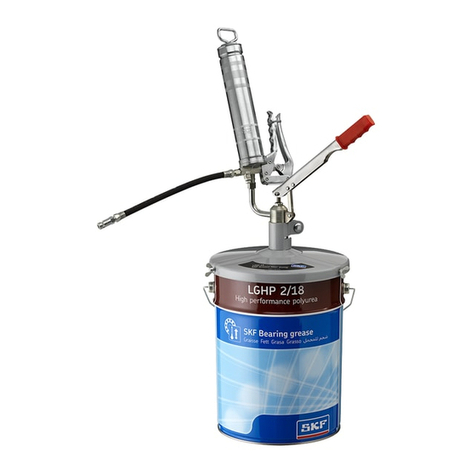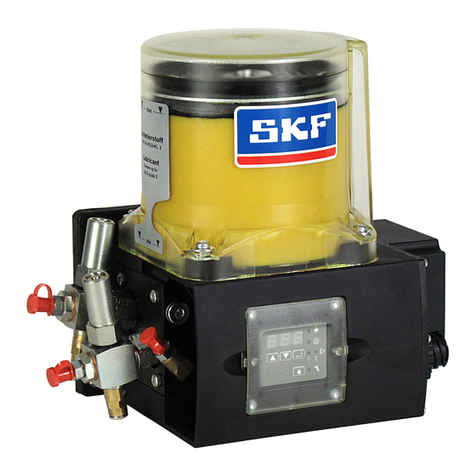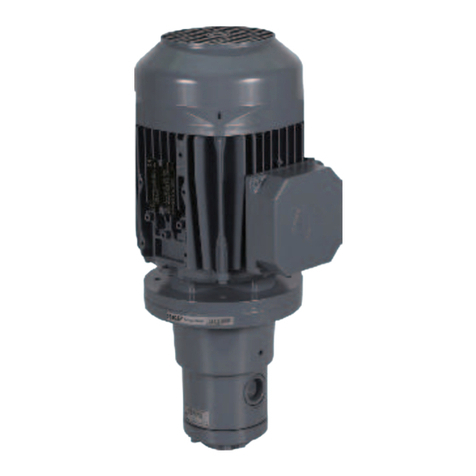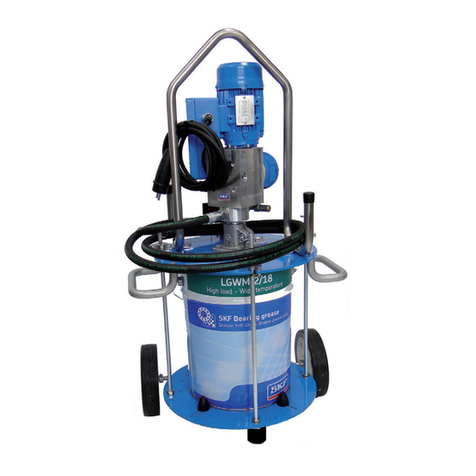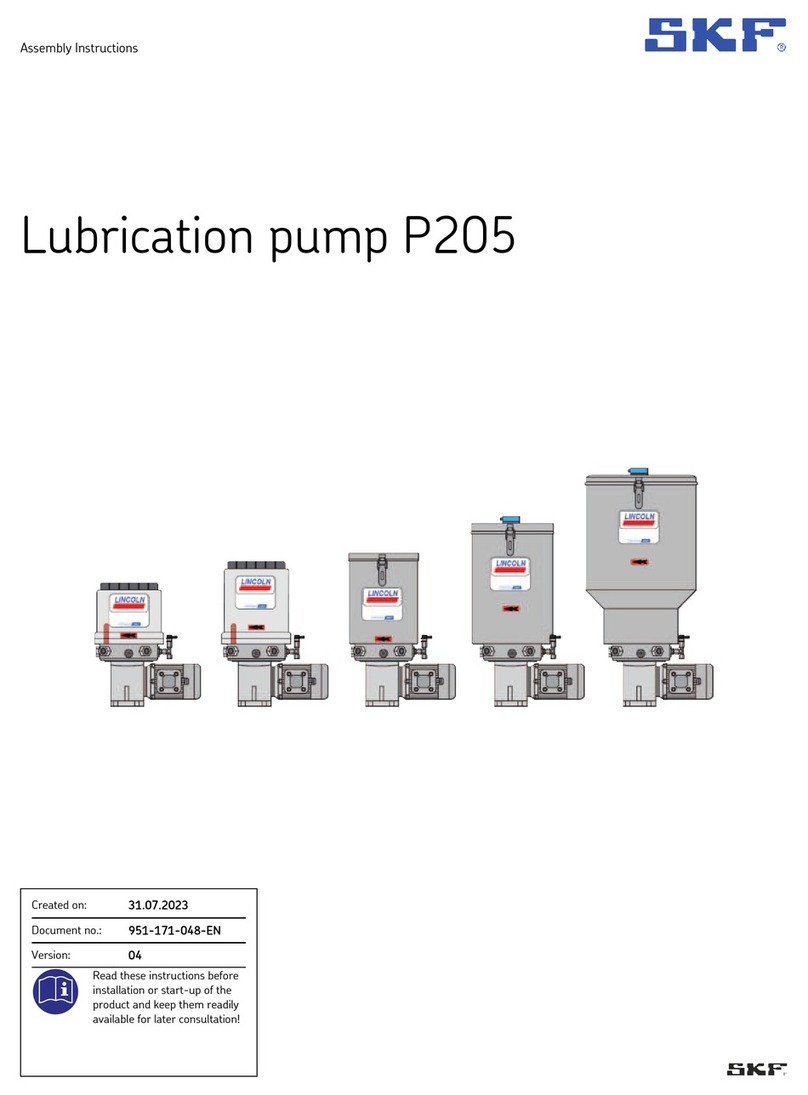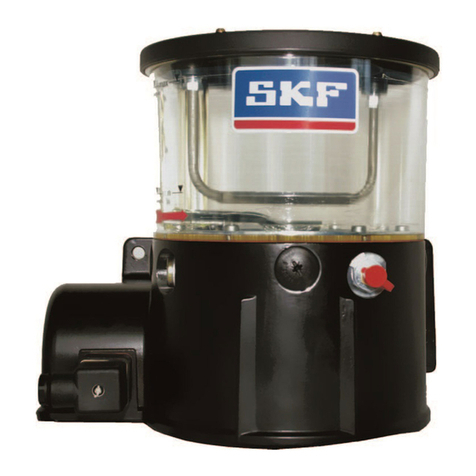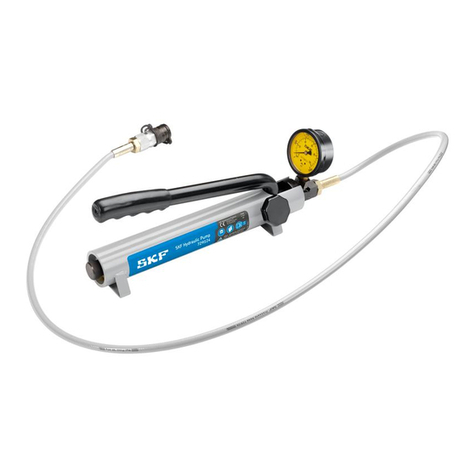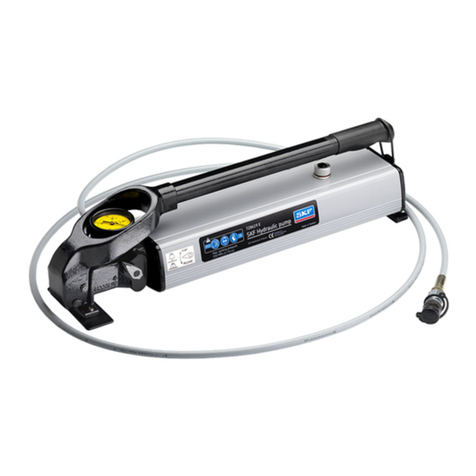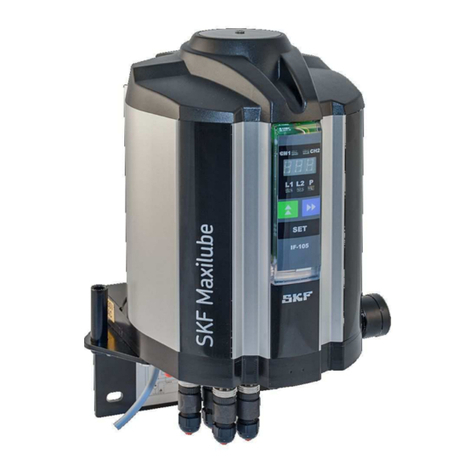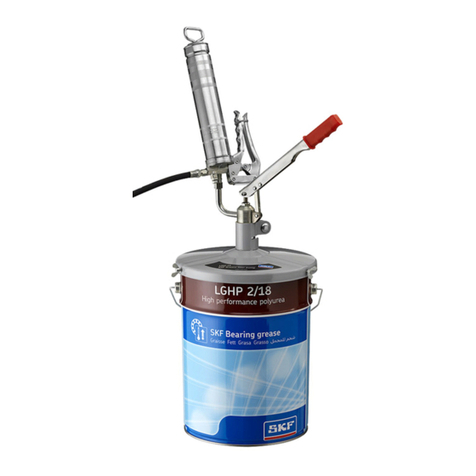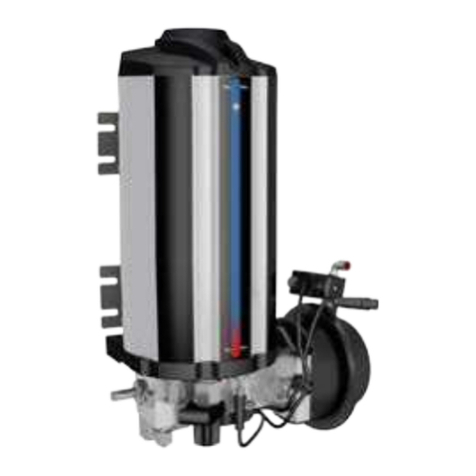8
ENEN
1. Safety instructions
1.1 General safety instructions
The owner must ensure that the installation
instructions have been read by any persons
entrusted with works on the product or by
those persons who supervise or instruct
the before-mentioned group of persons. In
addition, the owner must also ensure that
the relevant personnel are fully familiar with
and have understood the contents of the
instructions.
The installation instructions must be kept
at hand together with the product for future
reference.
The installation instructions are part of the
product and must accompany the product
when selling it. The described product was
manufactured according to the state of the
art. Risks may, however, arise from its usage
and may result in harm to persons or damage
to material assets.
Any malfunctions which may affect safety
must be remedied immediately. In addition
to the installation instructions, general
statutory regulations and other regulations
for accident prevention and environmental
protection must be observed.
1.2 General behaviour when handling
the product
o The product may only be used in aware-
ness of the potential dangers, in proper
technical condition, and according to the
information in these instructions.
o Technical personnel must familiarize
themselves with the functions and
operation of the product. The specified
assembly and operating steps and their
sequences must be observed.
o Any unclear points regarding proper
condition or correct assembly/operation
must be clarified. Operation is prohibited
until issues have been clarified.
o Keep unauthorized persons away from
the product.
o Observe all relevant precautionary opera-
tional measures and instructions for the
respective work.
o Clearly define and observe responsibilities
for different activities. Uncertainty seriously
endangers safety.
o Do not remove, modify or otherwise affect
safety-related protective and emergency
devices in their function and check them
for completeness and function at regular
intervals.
If protective and safety equipment has to
be dismantled, it must be reassembled
immediately after finishing the work, and
then checked for correct function.
o Remedy occurring faults in the frame of
responsibilities. Immediately inform your
superior in the case of faults beyond your
competence.
o Wear personal protective equipment
always.
o When handling lubricants or operating
materials, adhere to the respective safety
data sheets.
1. Safety instructions
